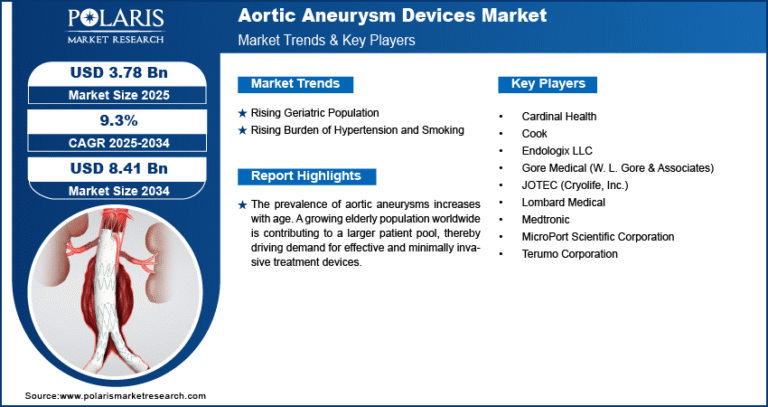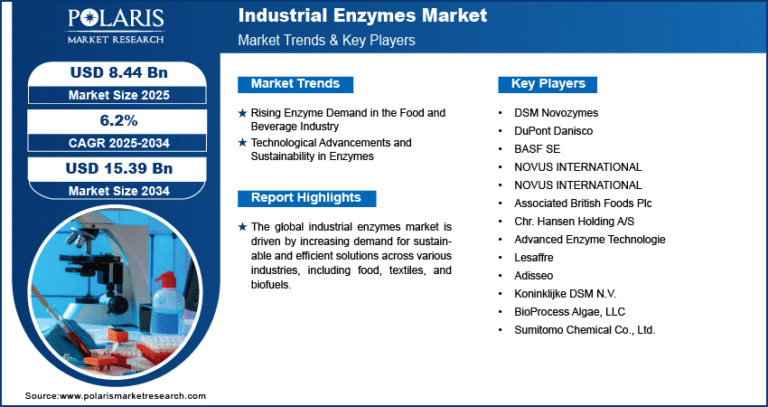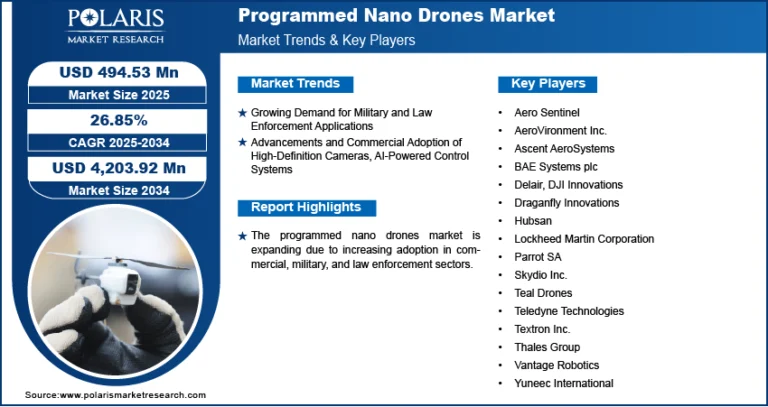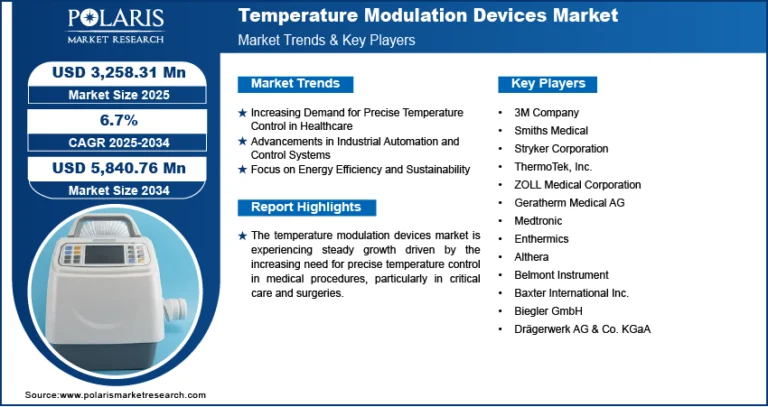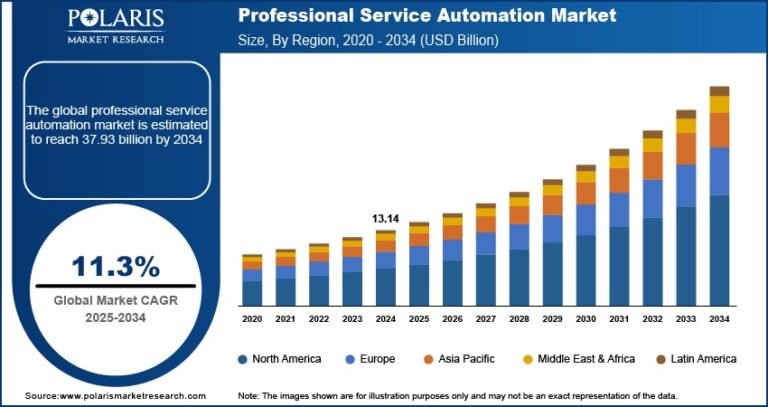Healthcare Navigation Platform Market projected to reach $17.67 Billion by 2034, growing at a CAGR of 8.49%.

The Healthcare Navigation Platform Market was valued at USD 10.83 billion in 2024 and is projected to grow at a CAGR of 8.49% from 2025. Growth is driven by the increasing focus on employer health benefit optimization and the rising demand for coordinated care among users.
Key Market Trends:
-
Integration of AI and Predictive Analytics: Advanced technologies such as artificial intelligence, machine learning, and predictive analytics are increasingly being embedded into healthcare navigation platforms. These innovations provide personalized healthcare journeys, identify care gaps, and anticipate patient needs.
-
Rising Demand for Virtual Care Support: With the growth of telehealth and remote patient monitoring, navigation platforms are incorporating virtual care access and coordination features. This is enabling users to engage with care providers remotely and seamlessly.
-
Expansion of Employer-Sponsored Healthcare Tools: Many organizations are adopting healthcare navigation platforms as part of their employee health benefits programs. These platforms help employees make better healthcare decisions and reduce absenteeism.
-
Focus on Mental Health Navigation: There is growing emphasis on integrating behavioral health and mental wellness solutions within navigation platforms. These tools assist users in finding therapists, support groups, and digital mental health programs.
-
Increasing Interoperability Across Systems: Platforms are increasingly being designed to integrate with Electronic Health Records (EHRs), pharmacy systems, and insurance portals to ensure smoother data flow and better patient experience.
Market Size & Forecast
|
Market size value in 2025 |
USD 11.75 billion |
|
Revenue forecast in 2034 |
USD 17.67 billion |
|
CAGR |
8.49% from 2025 – 2034 |
Request for Free Sample:
Market Overview:
The healthcare navigation platform market is experiencing notable momentum due to the rising demand for streamlined patient engagement and improved healthcare outcomes. These platforms serve as digital tools that guide patients through complex healthcare systems, helping them manage appointments, access care options, understand insurance benefits, and make informed decisions about treatments. The surge in healthcare digitization, growing emphasis on patient-centric care, and increased healthcare spending are contributing to the market’s rapid adoption. Moreover, a rise in chronic diseases, the aging population, and growing demand for cost-effective healthcare solutions are further propelling interest in these platforms.
Healthcare navigation platforms are being widely adopted across hospitals, insurance providers, and corporate wellness programs. As healthcare costs continue to escalate, employers and payers are turning to these platforms to reduce unnecessary expenditures while improving member satisfaction.
Key Market Opportunities:
The healthcare navigation platform market holds significant growth opportunities, particularly in emerging economies where healthcare infrastructure is becoming more digitized. There is a strong need for systems that can simplify healthcare decision-making for non-English-speaking populations or those with limited health literacy. Additionally, as the healthcare ecosystem shifts from volume-based to value-based care, navigation platforms play a key role in optimizing patient journeys and enhancing outcomes.
Strategic collaborations between healthcare providers and tech firms to co-develop customizable platforms also offer potential for growth. Further, platforms that address niche needs—such as pediatric care navigation, elderly care support, or post-discharge assistance—are finding untapped demand.
Market Scope:
The healthcare navigation platform market encompasses a wide range of digital solutions tailored for individuals, healthcare providers, employers, and insurance firms. It includes mobile applications, web-based portals, AI-powered assistants, and concierge services. End-users span various sectors including hospitals, health plans, corporate wellness programs, and government agencies.
The scope also includes integration with various digital health tools such as wearable devices, telemedicine solutions, and medical scheduling software. As the global healthcare environment continues to evolve toward digital-first strategies, the healthcare navigation platform market is set to expand significantly over the next decade.

